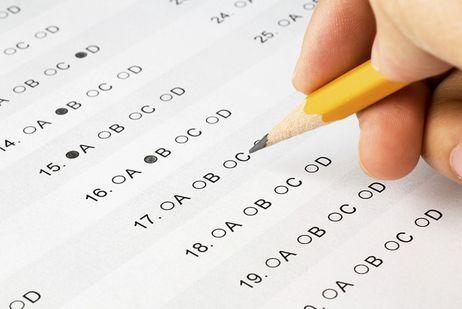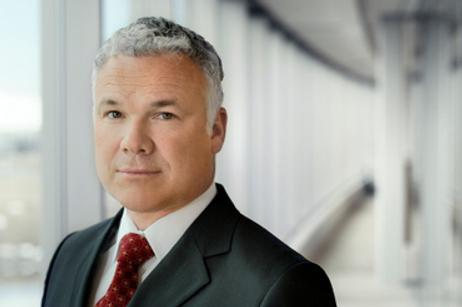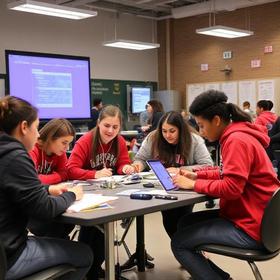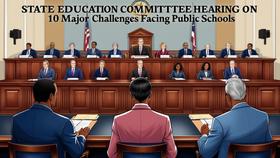As college entrance examinations are looming, high school students across the country are looking for ways to raise their ACT or SAT scores. While some parents prepare to shell out hundreds, or even thousands, of dollars to help their teens prep for these exams, experts promise students can adequately prepare by spending little or no money on the process. Check out these 10, low-cost tips to help your high school student perform well on his college entrance examinations.
Know the Benchmarks
Before you begin test prep, it helps to know the scores you might need to get into the colleges of your choice. Keep in mind that there are no hard and fast rules at any school regarding ACT or SAT scores, but a general range will help you know if your college app will be met with serious consideration. The cites the national average score for the SAT at 1500. The average score for the ACT is between 20 and 21. While these are national averages, some schools may consider applicants with lower scores, or require higher scores from most of their prospective students. For each school you are considering, research the average standardized exam scores from the prior year's admitted class.
Choose Your Test Wisely
According to , those who perform best on the ACT tend to be strong readers with good memory skills who can process information quickly. High performers on the SAT are typically






















